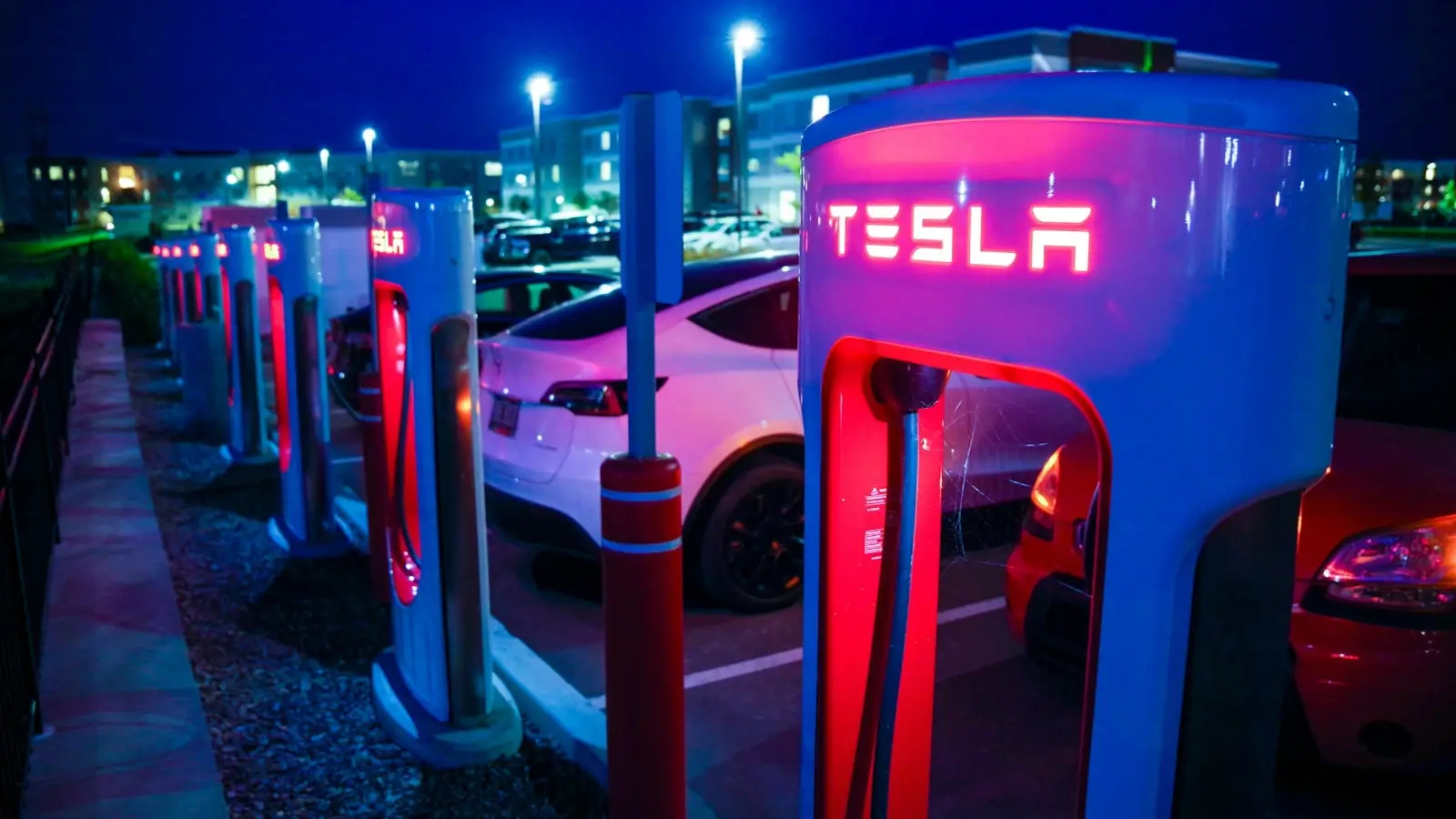


Tesla owners often have one question in their mind, especially when they plan to plug in their car: How long does it take to fully charge it? Often it is difficult to find a single answer as the time to fully charge a Tesla depends on several factors. Let’s decipher the variables that affect the charging speed, average results that you can experience in real-time use and hacks to speed-up the charging process without compromising the performance of the car.
For some people fully charging a Tesla means to charge the battery up to 100%, whereas for others the limit stands at 80%, aiming for better battery life and enhanced performance. Here are some standard methods which are commonly used to charge Tesla:
As you are on the road the time taken to get your Tesla fully charged does matter to a great extent. The Tesla supercharger is the best solution to this concern. Tesla charging at a supercharger happens in just 15 minutes, where the high-speed chargers can add up to 200 miles. These superchargers can hence be positioned as the best possible choice for quick charging making your road trip less stressful and convenient.
The time taken to charge the majority of Tesla models range between 15 to 25 minutes, adding a top-up of 10% to 80%, with the help of a high performing Tesla supercharger which can provide an enhanced output capacity, especially with their new Pulse Fusion Adapter supporting up to 500A and 1000V
Once the limit crosses 80%, the speed of charging reduces automatically to save battery life.
Therefore, the question on how long it takes to fully charge a Tesla can be answered as 30- 60 minutes if you aim for 100% battery input – might vary based on the existing battery charge at the time of initiating the charging.
There are two possible ways by which Tesla charging at home takes place – either the owners plug in it to the power outlet at home or they use the 240V level 2 charger. The contrast in the time for Tesla charging at home using these two means exhibit clear differences
Using a proper Level 2 240v charger, one can expect to get the Tesla charged in just 5-8hours – from empty to full. Hence this method is considered to be a smart option that makes charging easy and effective for daily users.
Using a household 120V (Level1) outlet, on the other hand, can also get your Tesla charged, however, at a reduced speed. Hence, Tesla home charging time can vary from 30 hours or more in this method, in accordance to the size of the battery and the output capacity of your household outlet.
Considering a Tesla model 3, subjected to home charging:
In the case of using a ~7.4kw AC home charger, the estimated time for fully charging the EV remains at 12 hours – empty to full charge. This is a stable overnight charging option for most drivers who are into daily use.
In the case of a household power outlet, as it provides less power comparatively, the time taken for fully charging a Tesla would rise up to more than 24 hours. Even though this estimated time may vary based on capacity of the battery and the power of your household outlet, commonly you can expect your Tesla to be fully charged from an empty battery in a minimum of 24 hours – not an effective method for daily users.
Most Tesla users are under the impression that the time taken to fully charge a Tesla is dependent on the type of charger or charging method used. However, the time taken is dependent on several variables other than these.
Battery Size & Type: The charging time varies based on the size of the battery – larger batteries take longer time to be fully charged. Besides, the type or model of the Tesla (S, 3, X or Y) that you use also plays a key role in the time taken to charge.
State of Charge (SoC): The amount or charge left in your charger at the time of plug in also decides the time taken for charging. If you are charging an empty Tesla battery, it takes a longer time to completely charge. The speed of charging is the fastest at the mid range of 20% to 80% beyond which the process slows down to save battery life.
Charger power and voltage: The power output given by the charger is definitely a deciding factor on the time taken to charge. The more power output can give more power like the DC supercharger can get Tesla charged quicker in comparison to the AC home chargers.
Temperature and Environment: Charging process can be slowed down under cold weather conditions. Hence, to avoid this, Tesla has an embedded pre-heating technology that elevates the temperature of the battery and increases the acceptance of charge, speeding up the process.
Vehicle-Charger Compatibility: Tesla charging time is dependent on the maximum charge intake rate that the model can accept and the potential output the charger can provide. If you use an older charger or the ones that provide a lower output the entire charging process can be delayed beyond expectations.
It is quite evident that there is no magic number to the question ‘How long does it take to fully charge a Tesla?’. There are significant differences between the home charging time of Tesla and the time taken to fully charge a Tesla at the DC supercharger station. In addition, there are several other variables that are crucial in deciding the time to fully charge your Tesla, making the time dependable rather than being a constant.